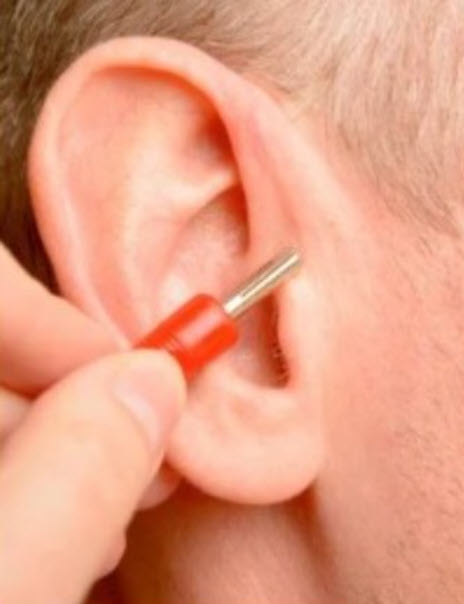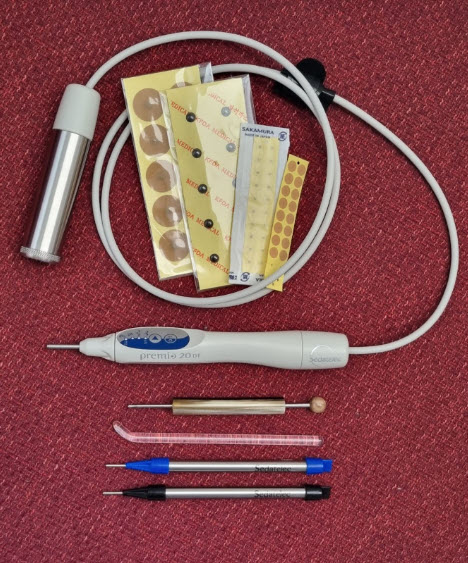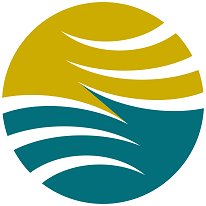Ear reflexology
Auricular reflexology, also known as auriculotherapy, is a natural method of French origin, developed in 1951 by Dr Paul Nogier. It is based on the stimulation of specific points located on the auricle, reflecting the whole of the human body. To achieve this, the practitioner uses appropriate tools and relies on a precise mapping of the ear.
The ear, mirror of the body
Ear reflexology sees the ear as a mirror image of the human body: the lobe corresponds to the head, the crest of the antherix to the spine, and so on. Each ear has around 200 points, all linked to the central nervous system via the brain stem.

The benefits of auricular reflexology
This technique is particularly effective in treating a wide range of functional disorders, including:
- Nervous system and emotional disorders: stress, anxiety, sleep disorders, fears, concentration difficulties, emotional management, etc.
- Pain: back pain (lumbago, sciatica), migraines, fibromyalgia, joint and muscle pain, etc.
- Addictions: tobacco, alcohol, medication, overuse of screens or food, etc.
- Eating disorders: overweight, obesity, anorexia, etc.
- Functional imbalances: nausea, vomiting, menstrual problems, etc.
How a session works
During the first session, we’ll talk about your expectations and identify your work priorities. You will then be comfortably seated in a reclining position, in a relaxing environment.
After a quick cleaning of the ears using ear wipes, I identify the sensitive areas and determine the points to be stimulated. The length of the session varies according to the technique used and the objective sought. It can also be combined with a session of foot or palm reflexology to enhance the effects.

Frequency of sessions
- Acute pain: one session a week for three weeks, then spaced out as needed.
- Chronic problems: one session a month, then every two to three months for maintenance.
- In some cases, a single session may be enough.
Tools and prolongation of effects
During the session, I work with manual styli, glass sticks and/or an electric detector to stimulate the points. The use of magrains or magnets often prolongs the effect of the session for 4 to 5 days.

